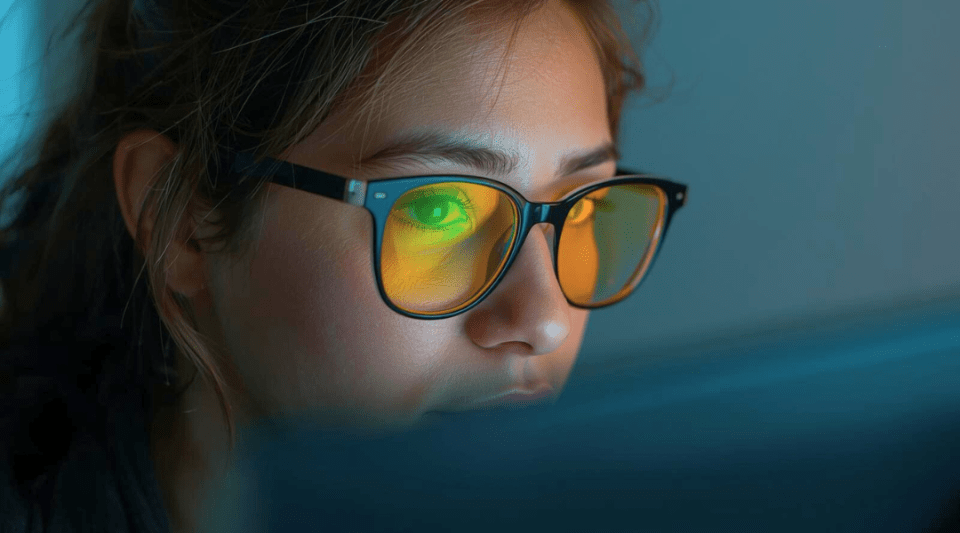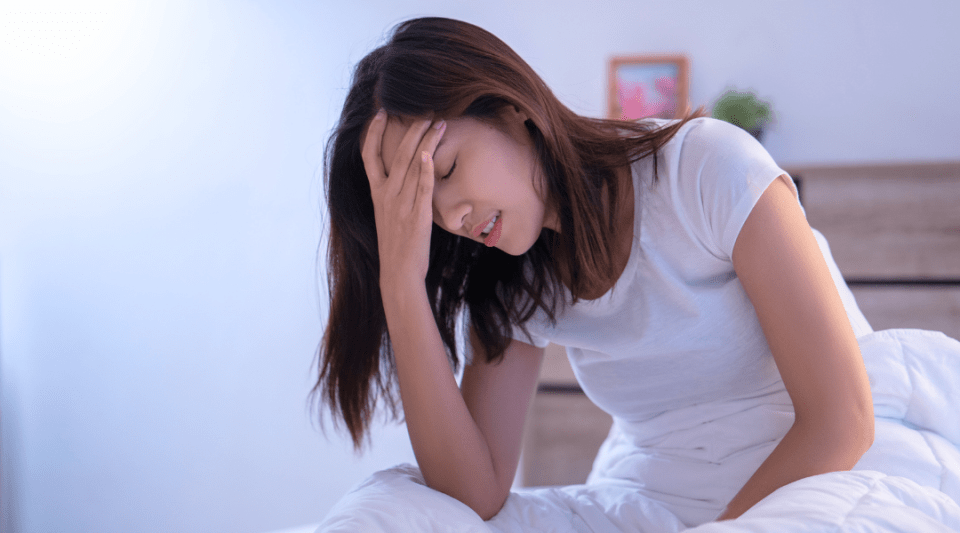Is the blue light from screens actually a hazard for your eyes?
There has been growing concern over recent years about the blue light from electronic devices (such as computers and mobile phones). However, much of this concern is based on studies of limited scientific rigour.
It’s important to realise that blue light is part of the visible light spectrum and is naturally present in sunlight. It is also found in artificial sources, such as LED screens, fluorescent lights and electronic devices. However, the amount of blue light emitted by screens is much lower than that from the sun, so its impact on eye health is minimal.
The intensity of blue light from digital devices is between 100 and 1,000 times lower than that from the sun.
How do yellow-tinted glasses work?
Yellow-tinted glasses are designed to filter out part of the blue light, which has a shorter wavelength and scatters more inside the eye. The yellow colour of the lenses is filtered and thus reduces the amount of blue light reaching the eyes.
However, in practice it’s a bit more complicated than that. To actually protect against blue light, experts explain that a simple yellow tint is not enough. To block this radiation effectively, a very specific filter is needed to remove a particular wavelength within the blue spectrum. So, in fact, most commercial glasses only filter a small portion of that light.
But what does the science say?
The main ophthalmology societies have made it clear there is no scientific evidence to show that yellow-tinted or blue-light-filtering glasses protect vision or help prevent eye damage.






